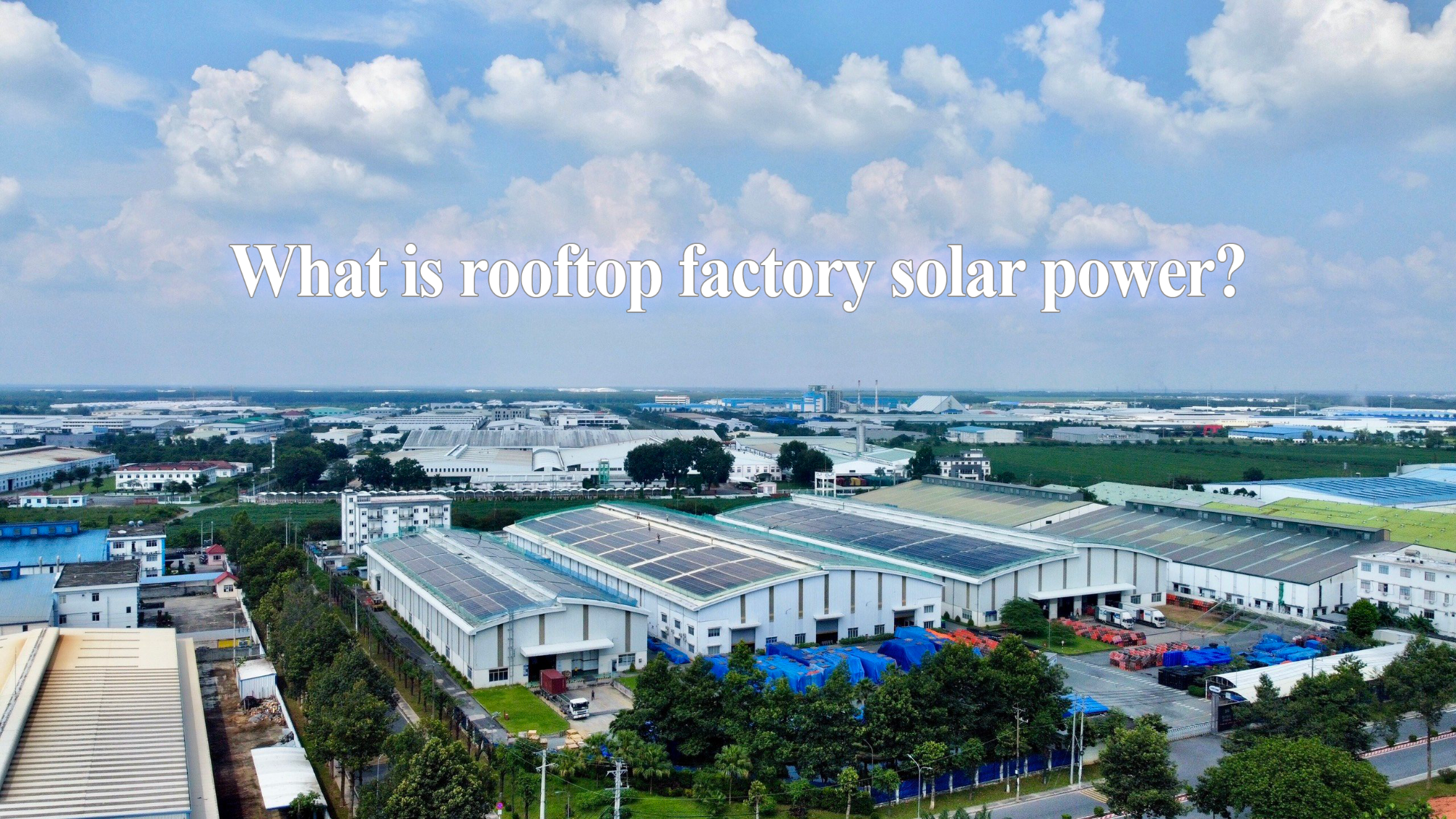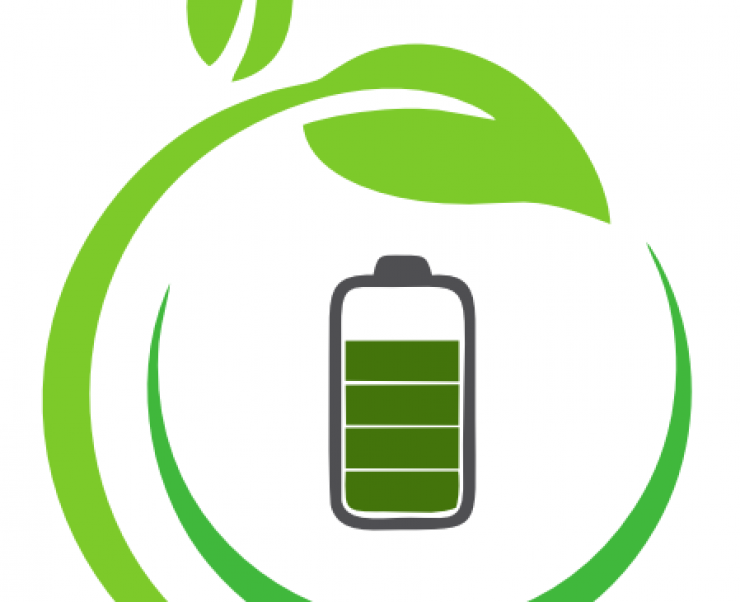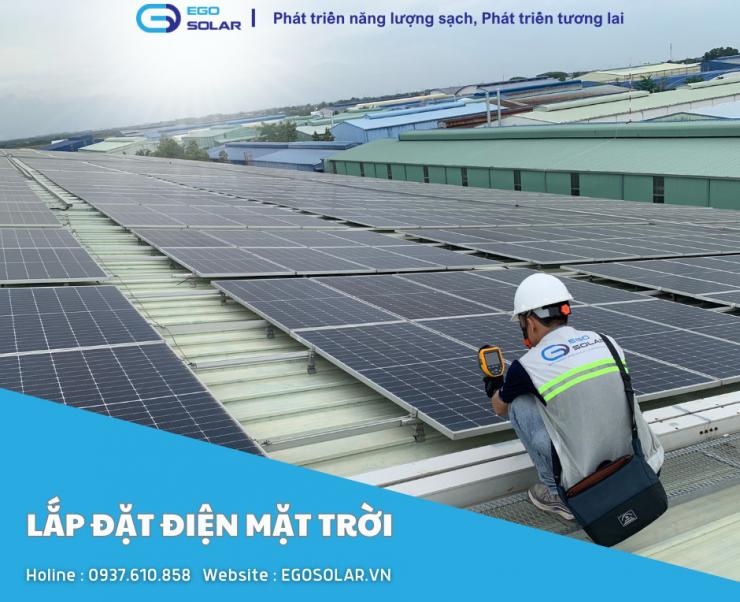Nhà máy điện mặt trời trên mái nhà - Khai thác năng lượng mặt trời
Ngày nay, nhận thức về môi trường đã trở nên quan trọng đối với mọi người, các doanh nghiệp không ngừng tìm cách giảm hóa đơn tiền điện hàng tháng và giảm ô nhiễm môi trường. Một giải pháp như vậy đã đạt được sức hút đáng kể trong những năm gần đây là việc triển khai hệ thống năng lượng mặt trời trên mái nhà trong các nhà máy. Bài viết này EGO SOLAR sẽ đi sâu vào trường hợp kinh doanh hấp dẫn cho nhà máy năng lượng mặt trời trên mái nhà , những cân nhắc thực tế trong việc thiết kế và triển khai một hệ thống thành công, lợi ích tài chính và Ưu đãi sẵn có. Ngoài ra còn có các nghiên cứu điển hình về nhà máy điện mặt trời trên mái nhà. Nhiều hộ gia đình, doanh nghiệp đã áp dụng và giảm đáng kể chi phí từ điện mặt trời.
Năng lượng mặt trời nhà máy trên mái nhà là gì?
 Rooftop factory solar
Rooftop factory solarRooftop solar power is the installation of solar panels on the roof to collect sunlight and convert it into electricity. These solar panels are made up of photovoltaic (PV) cells, which are responsible for converting sunlight into electricity. The electricity generated from these panels can be used directly by the building or stored in batteries for later use.
Rooftop solar power plants can range from small indoor installations to large-scale systems on commercial buildings and large and small factories. They are an efficient and cost-effective way to generate clean energy and reduce dependence on traditional power sources.
How does rooftop solar power work?
The process of generating electricity from rooftop solar can be divided into three steps:
Solar panels capture sunlight: Solar panels are installed on the rooftop of the building in a position with maximum exposure to sunlight. When sunlight hits the panels, the PV cells inside them absorb energy and convert it into direct current (DC).
Inverter converts DC to AC: DC electricity generated by solar panels is not suitable for powering appliances and devices in a building. Therefore, an inverter is used to convert this DC current into alternating current (AC), which is the standard form of electricity used in homes and businesses.
Current flows into the home: The converted AC electricity is then sent to the building's electrical panel, where it can be used to power lights, appliances, and other devices. Any excess electricity can be stored in batteries for later use or fed back into the grid for credit
What is needed to install rooftop solar power for businesses?
Installing a rooftop solar power plant for a business requires careful planning and consideration and must have fire prevention methods. Below are the main components needed to set up a rooftop solar system for a factory in Vietnam:
1. Solar panels
The most important thing in a solar power plant is the panels. These panels are made up of PV cells, which come in different shapes and sizes and then different capacities. When considering solar panels for a factory roof, factors such as efficiency, durability and cost need to be taken into account. In Vietnam, some leading solar cell brands include Trina Solar, Jinko Solar and Hanwha Q Cells, Canadian, LonGi.
2. How to install
To ensure solar panels are firmly fixed on the roof, mounting structures are used. These structures can be fixed or adjustable, depending on the type of roof and its angle to the sun. They also need to be strong enough to withstand harsh weather conditions.
3. Inverter
As mentioned earlier, inverters are essential for converting DC electricity into AC electricity. In a rooftop solar power plant, multiple inverters may be needed, depending on the size of the installation. The inverter also has other functions, such as monitoring the performance of solar panels and protecting the system from overvoltage.
4. Battery (Depending on type)
Although not necessary, batteries can be installed to store excess electricity generated by solar panels. This stored energy can be used during times when the panels are not generating electricity, such as at night. The battery also has a backup effect when there is a power outage.
5. Electrical connection and measurement
Electrical wiring is necessary to connect the solar power system to the building's electrical panel. It is important to hire a licensed electrician to perform this task and ensure that all safety measures are followed.
Metering refers to measuring the amount of electricity generated by solar panels and its use in a building. Bidirectional meters are commonly used, which can monitor both input and output current. This is important for monitoring the solar power plant's performance and calculating any credits or fees for excess electricity returned to the grid.
Solar plant roof system benefits
We all know about rooftop solar power. Let's learn more about the benefits with EGO SOLAR.
1. Save money on electricity bills
Factories and factories will require significant amounts of energy to operate machinery and equipment, leading to high electricity bills. By installing rooftop solar power plants, factories can generate their own electricity, reducing dependence on traditional sources and ultimately reducing electricity costs.
Additionally, Vietnam offers an attractive Feed-in-Tariff (FiT) for solar power, where businesses can receive credits for any excess electricity returned to the grid. This further reduces overall electricity costs for factories with rooftop solar systems.
2. Reduce carbon emissions
As a renewable energy source, solar energy does not emit harmful greenhouse gases, making it an environmentally friendly choice. By switching to solar energy, factories can reduce carbon emissions and contribute to a cleaner and greener planet.
Furthermore, installing rooftop solar systems reduces the need for traditional fossil fuels, which are limited resources and contribute to air pollution.
3. Reliable and low maintenance
Once installed, rooftop solar power plants require very little maintenance, making them a reliable source of electricity. Unlike traditional sources, solar energy is not affected by fuel prices or supply interruptions, providing businesses with a stable source of energy. Most solar panel manufacturers offer warranties of 25 years or more, ensuring that additional panels remain functional for a long time. This makes them a cost-effective option in the long run.
4. Brand image and corporate social responsibility
With growing environmental concerns, consumers are increasingly aware of the impact businesses have on the planet. By implementing rooftop solar systems, factories can demonstrate their commitment to sustainability and reducing carbon emissions.
Hơn nữa, sử dụng năng lượng mặt trời có thể cải thiện hình ảnh thương hiệu của nhà máy, khiến nó trở nên hấp dẫn hơn đối với người tiêu dùng và các nhà đầu tư quan tâm đến môi trường. Nó cũng cho thấy doanh nghiệp có trách nhiệm với xã hội, điều này có thể có tác động tích cực đến danh tiếng và mối quan hệ của doanh nghiệp với các bên liên quan.
Nhà máy điện mặt trời áp mái 1MW
Nhà máy điện mặt trời trên mái nhà có công suất 1MW (megawatt) là công trình lắp đặt quy mô lớn, có khả năng tạo ra 1 triệu watt điện. Đối với một nhà máy ở Việt Nam, điều này đòi hỏi diện tích mái ước tính là 5.000 mét vuông. Dưới đây là các thành phần chính cần có để thiết lập nhà máy điện mặt trời trên mái nhà 1MW:
Tấm pin mặt trời: Cần khoảng 3.300 tấm pin mặt trời (mỗi tấm 300W) để tạo ra 1MW điện.
Cấu trúc lắp đặt: Những cấu trúc này cần phải đủ chắc chắn để chịu được trọng lượng của các tấm và chịu được gió mạnh.
Bộ biến tần: Sẽ cần nhiều bộ biến tần, tùy thuộc vào quy mô lắp đặt.
Pin (Tùy chọn): Đối với hệ thống 1MW, pin có thể không cần thiết vì năng lượng dư thừa có thể được đưa trở lại lưới điện.
Đi dây và đo lường: Giống như bất kỳ việc lắp đặt năng lượng mặt trời trên mái nhà nào, việc đi dây và đo lường thích hợp là điều cần thiết.
Một nhà máy điện mặt trời trên mái nhà có công suất 1MW có thể tạo ra khoảng 1,5 triệu kWh (kilowatt-giờ) điện trong một năm, tùy thuộc vào các yếu tố như vị trí và điều kiện thời tiết. Điều này tương đương với việc giảm lượng khí thải carbon 1.200 tấn mỗi năm, tương đương với việc trồng hơn 23.000 cây xanh.
Kết luận
Hệ thống năng lượng mặt trời trên mái nhà mang lại nhiều lợi ích cho doanh nghiệp, bao gồm tiết kiệm chi phí, giảm lượng khí thải carbon và cải thiện hình ảnh thương hiệu. Đối với các nhà máy ở Việt Nam, nơi có nhiều ánh sáng mặt trời quanh năm, việc lắp đặt nhà máy điện mặt trời trên mái nhà có thể là một khoản đầu tư khôn ngoan.
Tóm lại, thị trường điện mặt trời áp mái tại Việt Nam đang ngày càng phát triển và các doanh nghiệp nên cân nhắc khai thác nguồn năng lượng tái tạo này để cung cấp năng lượng cho hoạt động của mình. Bằng cách đó, họ không chỉ thu được lợi ích tài chính mà còn góp phần mang lại một tương lai sạch hơn và xanh hơn cho mọi người.
Other
Hotline







